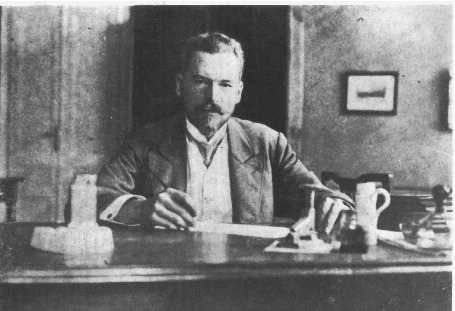Speaker
Description
A concept of a biopolimer network immersed within an aqueous solution as addressed in terms of flexibility vs. mechanical stability criterion has been proposed. It is based on a transmission of correlated wave of (hydrogen) ions emerging from breaking in a massive way the hydrogen bonds between the biopolymers, such as hyaluronan, and their non-ideal aqueous solution’s surroundings.
Based on the argumentation presented in a paper by Reuveni et al. [1] it has been demonstrated that there exists a clear connection between the ln(N) (a natural logarithm of the biopolymer length N) and an inverse of a difference between two major contributions of this Landau-Peierls instability type paradigm. Providing that the so-called Alexander-Orbach conjecture for the oscillating biopolymeric system applies [2,3] one of the contributions is of mechanical nature, with an exponent g represented by 1/(2-3g) whereas the other appears to be a surface-to-volume characteristic exponent, attaining preferentially a value of ca. 2/3 for a three-dimensional adjacent (articulating) space.
It has been shown in a numerical way that for N of the order of milion(s) biopolymer’s residues, for example for hyaluronan equivalent to its molecular weight of 10^6-6x10^6 Daltons, a measure of the best viscoelastic efficiency for the hyaluronan, there exists an equality ln(N) = b/[1/(2-3g) – 2/3] that, for example, for N=10^6 gives the value of mechanical exponent g close to 1/3, yielding according to [3,4], an excellent passage of the (hydrogen) ions’ wave derived from a breakage of the adjacent hydrogen bonds in the biopolymer-solution system of interest, provided that the constant b, according to [1], can be taken at b=4.5. (In general, for the exponent g > 1/6 holds.) The first results seem to be promising when thoroughly rationalizing nanoscale friction-lubrication properties of biopolymer-solution articulating/confined subspaces exposed to very small nano-Newton loading conditions. For another thermomechanical scenario describing phase-transition and relaxation kinetics of a biopolymeric system, see [5].
References
[1] S. Reuveni et al. PRL 100, 208101 (2008).
[2] S. Alexander, R. Orbach J. Physique-LETTRES 43, L-625 (1982).
[3] A. Gadomski et al. Tribol. Lett. 30, 83 (2008).
[4] A. Gadomski et al. Mathematical Biosciences 244, 188 (2013) .
[5] A. Gadomski, J. Łuczka, Acta Phys. Pol. B 28, 1827 (1997); A. Gadomski et al. Europ. Phys. J. B 91, 237 (2018).
Email address: agad@utp.edu.pl (to whom the correspondence can be addressed).

